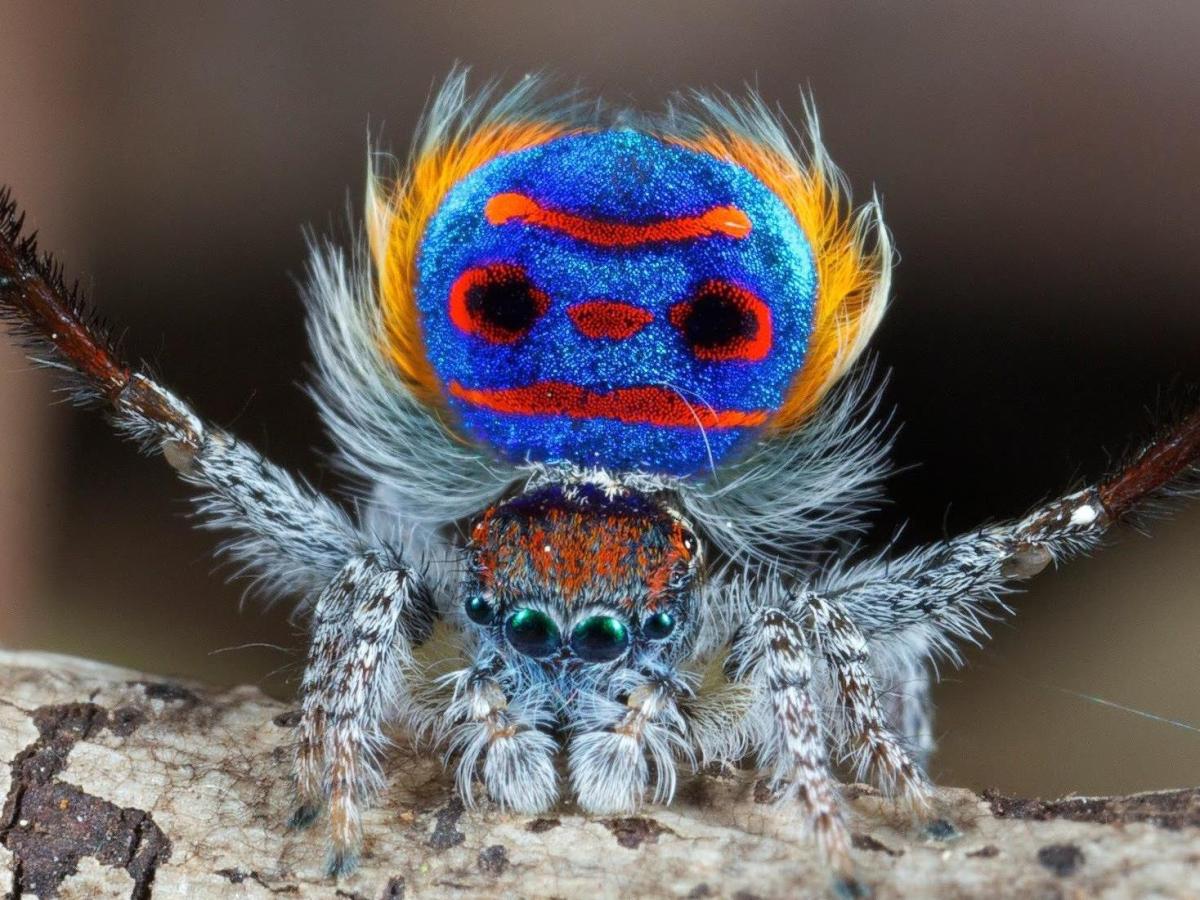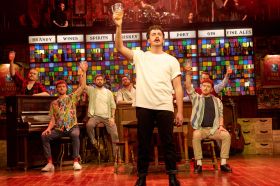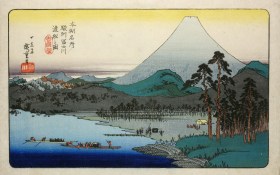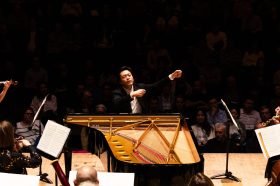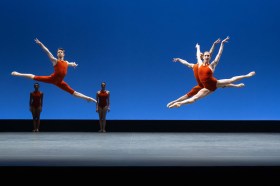Photos: Jurgen Otto
The art Cardoso has uncovered is magnificent but very difficult to see or hear. Peacock spiders (maratus volans) are no more than 4mm long so their iridescent colours, energetic dance routines, and distinctive music have remained hidden to all but a few dedicated entomologists.
Cardoso will change that with Dancing with Spiders, an arts project dedicated to magnifying the sights and sounds of the spiders many thousands of times in order to show their beauty to the world. Using large-scale multi-screen HD projections, Cardosa will make a video art installation featuring the different mating dances and looks of several of the Maratus species, including the amplified sounds they make.
She is one of six established artists and seven early career artists who have been awarded Australia Council Fellowships this week to pursue original artistic visions for interactive arts.
Cordoso has a PhD in art and science and a fascination with the natural arts of insects. ‘I find they are really talented and really intelligent as much as we are; and these are spiders that to me, all the basis of the arts are there, they make music they dance and they have visual display.’
She plans to project the brilliant colours of the spiders onto massive screens and to amplify the music for human ears. She believes once they see what the spiders produce, others will be as blown away as she has been.
‘They are iridescent bright blue, red, orange, yellow and textured like a quilt. They are amazing.They are completely colourful, each has a different design in the tail, they dance and they make music and we step on them. They are so tiny so I want to film them big with the highest quality possible and make projections the highest quality possible so we can really see them.,’ she said.
The spiders have long impressed those in the know. In 1874 the great Victorian arachnologist Octavius Pickard-Cambridge, wrote in his first description of the spider that ‘it is difficult to describe adequately the great beauty of the colouring of this spider’.
But the contribution of the artist will be to create something of beauty on a human scale. Cordoso said the Australia Council fellowship would allow her the time and resources for cinematography and sound support to ensure the highest quality presentation of the work. ‘I will be able to do it hopefully better than the BBC,’ she grinned.
Cardoso will work closely with entomologist Dr Jurgen Otto from the Department of Agriculture, Fisheries and Forestry, who has produced many photographs and videos of the spiders, and with a US scientist who studies their vocal displays.She needs scientific help to collect the tiny spiders, a complex tasks as the males who create the displays will only do so in the presence of virgin females. ‘I will be filming in October but I need to start collecting in August to make sure I have enough virgin females. Once they have mated they reject their males and the male doesn’t perform for them but if they are virgins the males just keep dancing and dancing.’
Cordoso is already well known for the Museum of Copulatory Organs 2008-2012, (MoCO) which attracted more than 250,000 visitors at the 18th Biennale of Sydney, with images of sex organs from insects.
